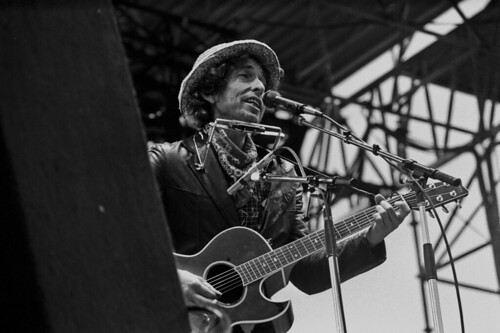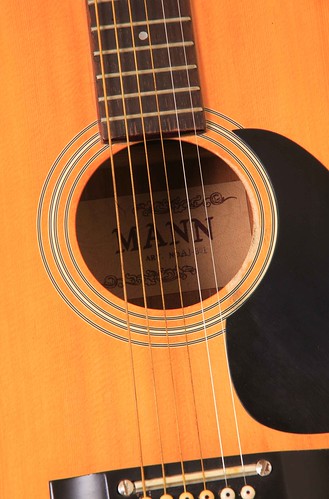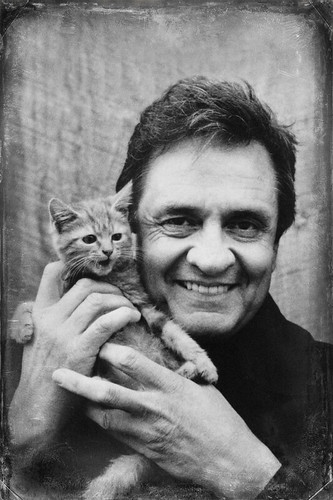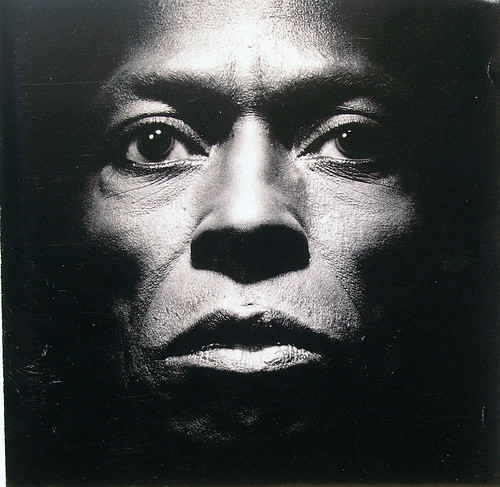If you’re passionate about music then it is highly likely that an acoustic guitar is your pride and joy. Even if we prefer playing an electric guitar, there’s a chance that we have an acoustic on display somewhere in our homes. Whether it was the instrument we first learned to play or just something we feel we should own because we’re guitarists, there is no doubting the allure of an acoustic guitar.
However, owning just the guitar isn’t going to achieve very much. With this in mind, we’ve looked at the best kit and acoustic guitar accessories you should look to pick up to complement your instrument.

Capo
Regular players of acoustic guitar will tell you all you need to know about how beneficial a capo can be. Why worry about certain frets when you don’t need them? A capo is also useful for tuning your guitar in certain tones and giving you extra flexibility when writing music.
Guitar First Aid Kit
This is the accessory to end acoustic guitar accessories. While you can pick up several packs online and from music stores that feature just picks, or just string winders, look out for one that has everything in. Some of them will even include a good quality capo. One of these sets might only set you back £20 – £30, and for something you can always carry around with your guitar to solve any on the spot problems, it is well worth it.
Spare Strings
You should never be in a position where you go to buy strings when you need them. Always make sure you have a spare set of strings so you can replace them as soon as one breaks. That is an important point, too; you need to make sure you change all the strings when you have a snap, as otherwise you’ll end up with a poor sounding instrument.
Hard Carry Case
Yes, a soft carry case does the job in terms of allowing you to get around with your guitar, but it isn’t the best for protecting your instrument from scrapes and knocks while travelling. A hard carry case for your guitar will cost more, but will save you money in the long run against the cost of replacing a broken instrument.
Amp
Okay, so an acoustic guitar sounds great, but you can get even more from it if it’s an electro-acoustic guitar and it plugs into an amp. Add an extra 10% onto the sound and add a new dimension to your acoustic playing.
You should consider all of these acoustic guitar accessories as “must buy.” Not only will they make playing guitar easier, they’ll also give you the confidence to take your guitar everywhere you go and to experiment with different acoustic styles.
Image Author: ljguitar





